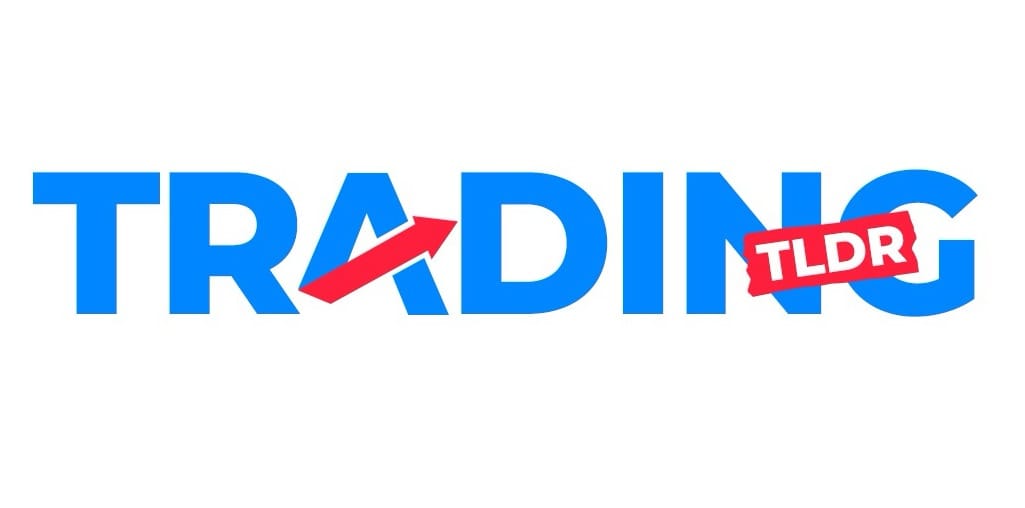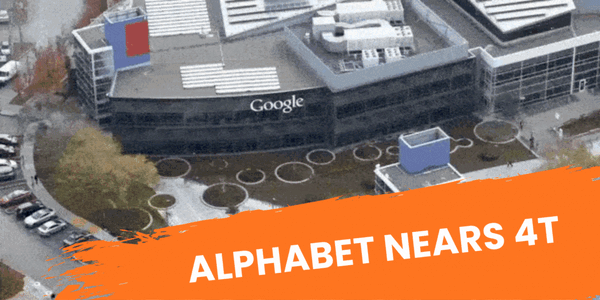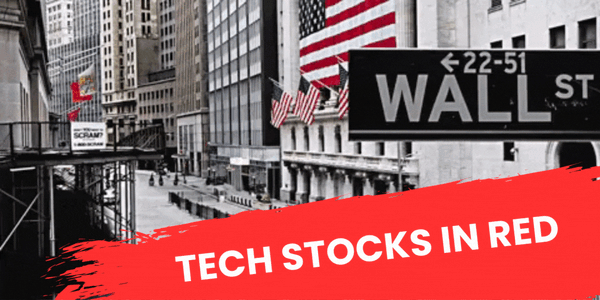Insane Meta Deal
....................................................................................................................


Good morning and happy Monday.
There’s something about Mondays in the market. It’s the reset button. A new week. Fresh narratives.
And if you’re paying attention, it’s when power moves quietly set the tone for everything that follows.
🤝 Today’s big one: Meta Platforms and Blue Owl Capital just locked in a $30 billion AI data center deal in Louisiana - a bet that the future belongs to those who control the infrastructure behind intelligence itself.
Wall Street is starting the week on a cautiously upbeat note. Futures are inching higher as traders juggle inflation data, a packed earnings calendar, and a government shutdown that’s now in its third week.
Trade tensions with China have softened a touch, adding a flicker of optimism.
But beneath the surface, this isn’t a quiet Monday. It’s the beginning of a week where AI ambition, economic signals, and political gridlock collide.
We’ve got the Crucial Updates next - seven trending stories you’ll want to know before the bell.

💥 Market Futures Tumble Amid Banking Fears and Trade Tensions
U.S. stock futures drop sharply as regional bank losses and escalating U.S.-China trade tensions unsettle investors.
🤝 Meta and Blue Owl Secure $30 Billion AI Data Center Deal
Meta and Blue Owl Capital finalize a $30 billion financing package for a new AI data center in Louisiana, marking a significant investment in AI infrastructure.
📉 Bitcoin Dips Below $108,000 Amid Market Volatility
Bitcoin's price falls below $108,000 as market uncertainty and investor caution lead to a decline in cryptocurrency values.
⬇️ Treasury Yields Drop as Economic Concerns Mount
U.S. Treasury yields decline, reflecting investor apprehension over economic growth and potential Federal Reserve rate cuts.
🪙 Bitcoin's Decline Accelerates as Investors Flock to Gold
Bitcoin's recent downturn continues, while gold prices surge as investors seek safer assets amid market volatility.
💵 U.S. Dollar Faces Worst Week Since July Amid Economic Uncertainty
The U.S. dollar is set for its worst weekly performance since July, pressured by trade tensions, a prolonged government shutdown, and weakening economic data.
💰JPMorgan Attributes Crypto Market Crash to Leveraged Traders
JPMorgan analysts suggest that the recent cryptocurrency market crash was driven by leveraged positions held by crypto-native traders, rather than institutional investors.

Why AI Won’t Replace Human Traders Anytime Soon
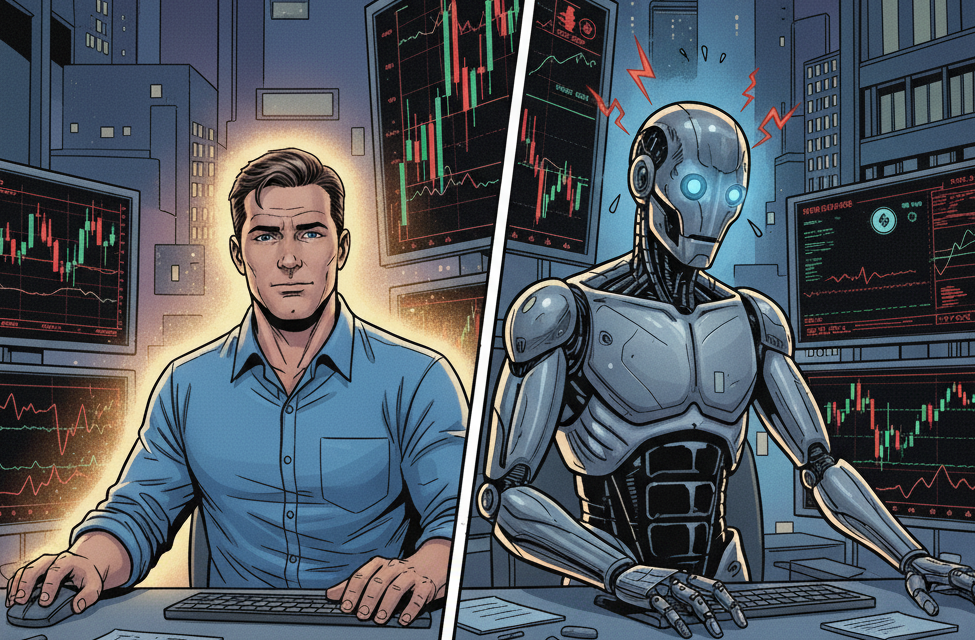
AI can crunch data, spot trends, and execute trades in milliseconds. But it can’t feel what you feel when the market fakes out, when fear spikes, or when patience is tested.
Trading isn’t about who’s faster - it’s about who stays calm when everything goes sideways.
Robots don’t understand conviction, they don’t adapt when uncertainty hits, and they don’t learn from pain the way humans do.
If anything, AI makes the market sharper — and traders who understand human psychology will always have an edge.
You don’t need to compete with robots. You need to understand what they can’t do.
Want newsletters that sharpen how you think, not just how you trade?

Stochastic Oscillator
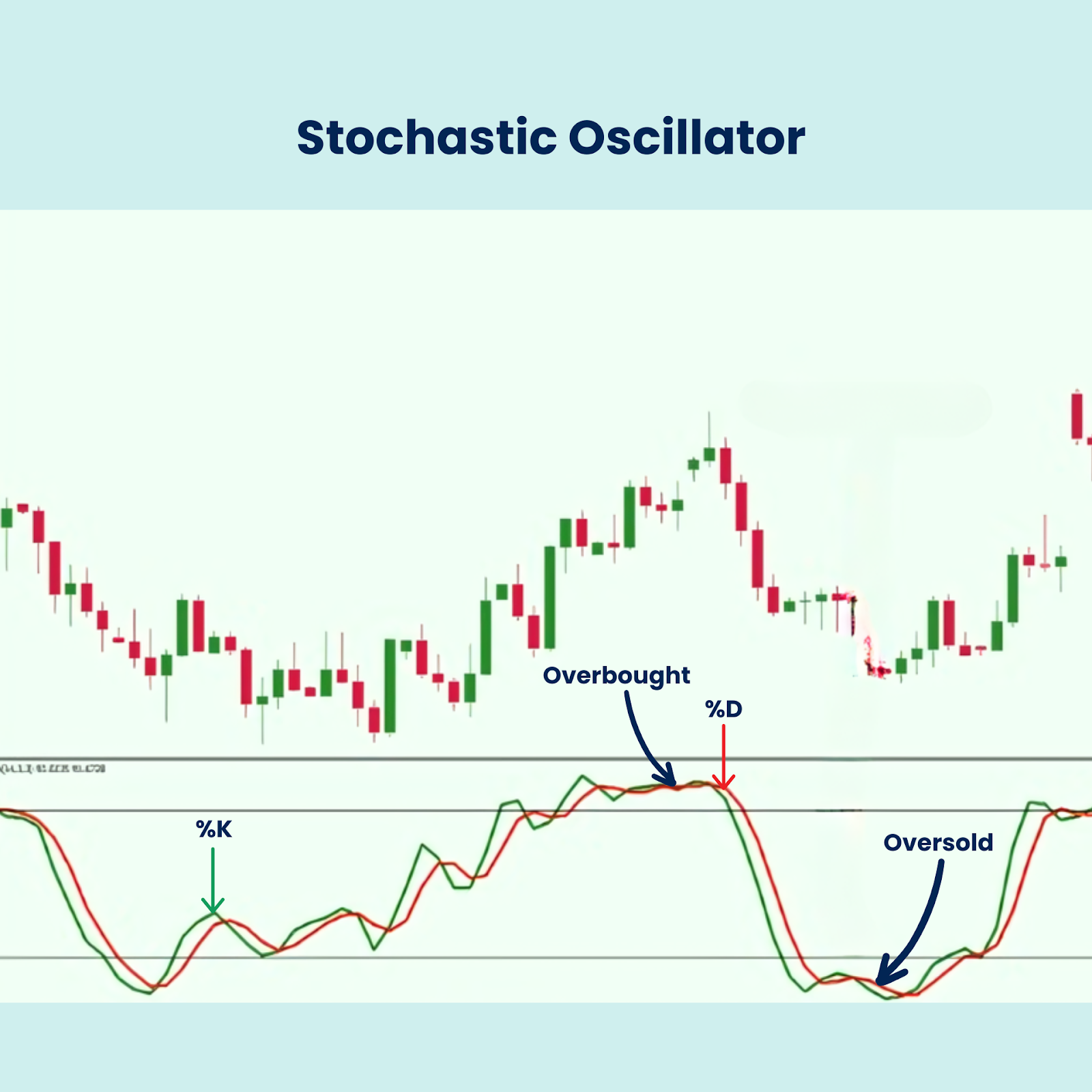
The Stochastic Oscillator is a momentum indicator that compares a security's closing price to its price range over a given period of time.
It is based on the premise that in a strong uptrend, prices should close near the high of the period, and in a strong downtrend, prices should close near the low of the period.
The indicator measures the speed and momentum of price changes, not the price itself. It is a bounded indicator, meaning its values always fall between 0 and 100.
What to look for:
The indicator consists of two lines:
- %K Line (The Fast Line): This is the main line of the indicator, showing the current momentum calculation.
- %D Line (The Slow Line): This is a 3-period Simple Moving Average (SMA) of the %K line, used to smooth the signal and generate clearer trading signals.
Here are the key signals traders look for:
- Overbought and Oversold Levels:
- Overbought: When both lines are above $80$. This suggests the price is near its high for the recent period and may be due for a pullback or reversal.
- Oversold: When both lines are below $20$. This suggests the price is near its low for the recent period and may be due for a bounce or reversal.
- Crossovers (Trading Signals):
- Bullish Crossover (Buy Signal): Occurs when the faster %K line crosses above the slower %D line while the indicator is in the oversold area (below $20$).
- Bearish Crossover (Sell Signal): Occurs when the faster %K line crosses below the slower %D line while the indicator is in the overbought area (above $80$).
- Divergence (Strong Reversal Signal): This is the most powerful signal. It happens when the price makes a new high or low, but the Stochastic Oscillator fails to make a corresponding new high or low.
- Bearish Divergence: Price makes a higher high, but Stochastic makes a lower high. This signals a high-probability reversal to the downside.
- Bullish Divergence: Price makes a lower low, but Stochastic makes a higher low. This signals a high-probability reversal to the upside.
- Centerline (Not Applicable): Unlike indicators like the MACD, the $50$ centerline is generally not used for primary trading signals, but a sustained move above $50$ can indicate a stronger uptrend, and a sustained move below $50$ can indicate a stronger downtrend.

The Boredom Edge
Most traders don’t blow up because they lack skill.
They blow up because they can’t sit still.

Boredom is the silent killer. It creeps in when the chart goes flat.
When your alerts stay quiet.
When nothing is happening.
That’s when most traders force trades they shouldn’t.
The truth is, real edge often shows up after long stretches of nothing.
Big moves don’t announce themselves with fireworks.
They build slowly, while everyone else gets distracted.
The market rewards the few who stay locked in during the boring parts.
The ones who treat waiting as part of the job, not a punishment.
The ones who understand that most trading days aren’t supposed to be exciting.
If you only thrive on action, you’ll always chase noise. And noise eats accounts alive.
Here’s the hard truth: your patience is a bigger edge than your setup.
If you can master the quiet, you’ll be ready when the real move comes.
You don’t need to trade more.
You need to wait better.
Make boredom your advantage.
That’s where most traders lose focus - where you should sharpen yours.
